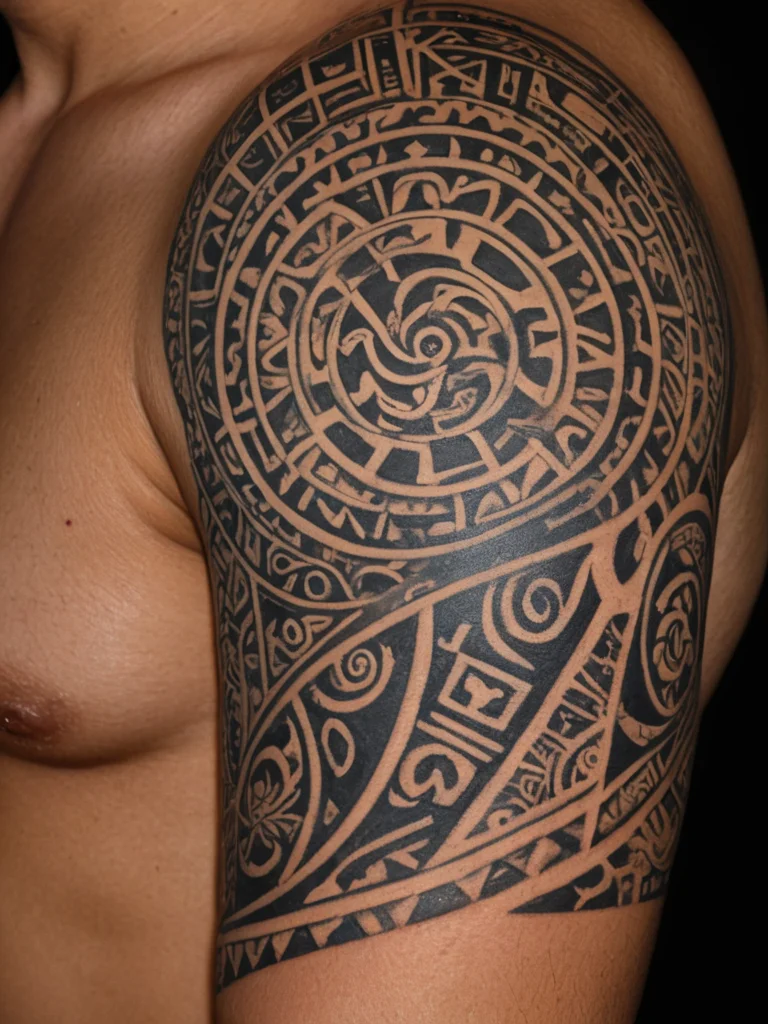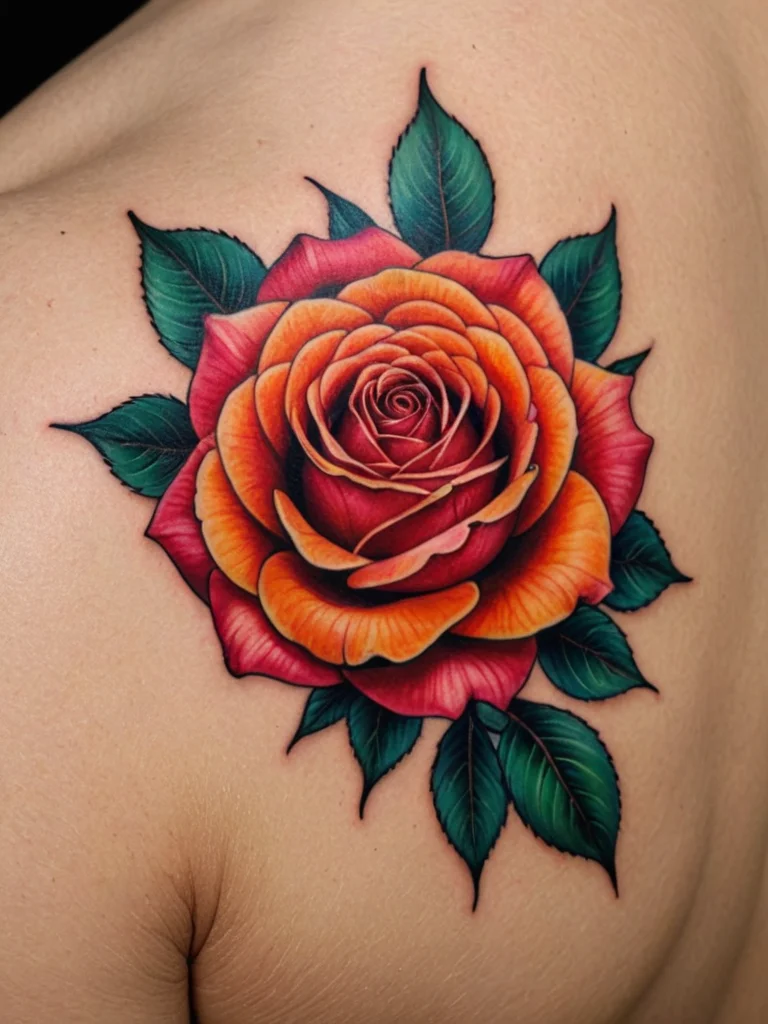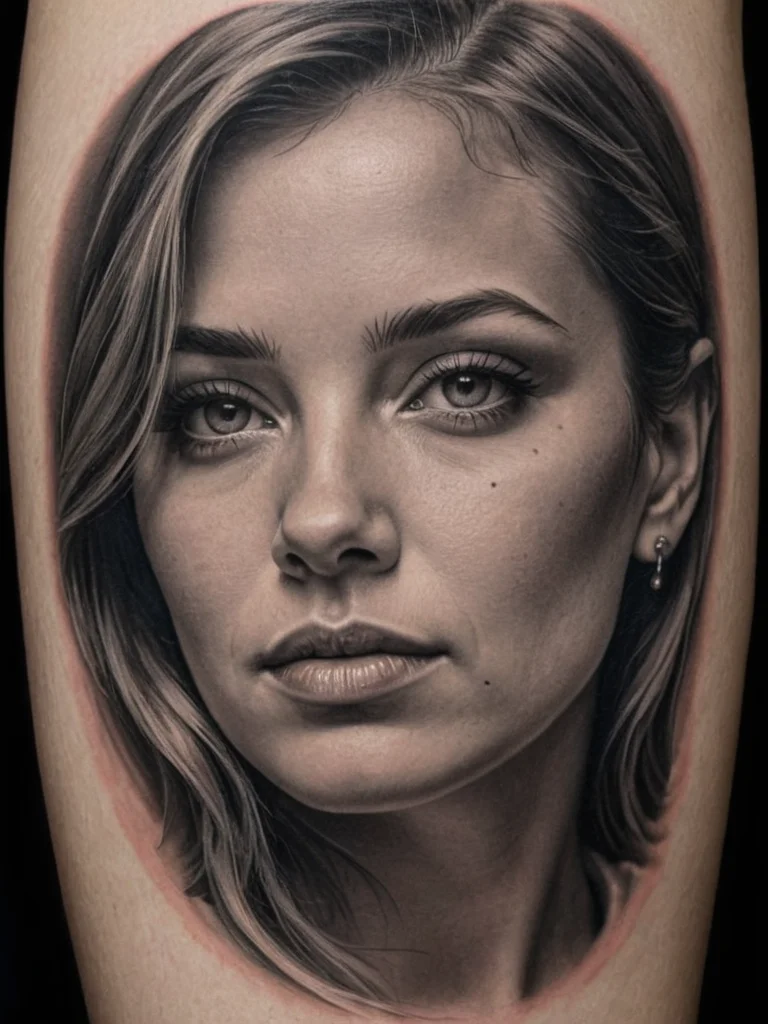The allure of tattoos extends far beyond the aesthetic; it delves into a rich history, diverse styles, and a vibrant global culture. For enthusiasts and curious minds alike, understanding the art form’s evolution and cultural significance offers a deeper appreciation for the permanent marks adorning skin. This exploration invites you to uncover the layers of meaning, tradition, and innovation that define tattoo artistry today, moving beyond personal interpretations to a broader understanding of its place in human history and society.
Tracing the roots: a global journey through tattoo history
Tattooing, as an art form and practice, boasts a lineage stretching back thousands of years, weaving through the fabric of human civilization across continents. Its origins are not singular but rather a multifaceted global phenomenon, with evidence emerging from diverse archaeological finds. One of the most compelling pieces of evidence comes from Ötzi the Iceman, a natural mummy dating back over 5,000 years, discovered in the Ötztal Alps. Ötzi bore over 60 tattoos, primarily simple dots and lines, many of which were strategically placed over areas showing signs of wear and tear, suggesting a potential therapeutic or ritualistic purpose rather than purely decorative. This ancient discovery indicates that tattooing might have been employed for medicinal reasons, such as pain relief through acupuncture-like techniques.
Moving eastward, ancient Egypt also offers significant historical connections to tattooing. While direct evidence on mummies is scarce due to preservation challenges, depictions on pottery and tomb paintings, along with the discovery of tattoo tools, suggest the practice was present. Hieroglyphs related to ‘ta’ (to strike or beat) are thought to be precursors to the word ‘tattoo.’ It is believed that tattoos, particularly on women, might have been associated with fertility, protection, or religious ceremonies. The Amun temple at Deir el-Bahri contains reliefs of women with patterns on their thighs and abdomen that are interpreted as tattoos, possibly linked to the goddess Hathor, a deity of love, beauty, and motherhood.
Polynesian cultures, particularly in Samoa, New Zealand (Maori), and Hawaii, are renowned for their sophisticated and deeply ingrained tattooing traditions. The word ‘tattoo’ itself is derived from the Samoan word ‘tatau,’ meaning ‘to strike.’ Polynesian tattooing, or ‘moko’ for the Maori, was not merely decorative; it was a complex system of identity, social status, lineage, and spiritual connection. Each pattern was unique to the individual, telling their life story, achievements, and tribal affiliations. The process was often arduous and painful, involving hand-tapping tools made from bone or shell, and the resulting intricate designs were highly revered.
Across Asia, tattooing has equally ancient and varied histories. In Japan, tattooing, known as ‘irezumi’ or ‘wabori,’ has evolved from criminal branding to elaborate artistic expressions. Early forms were used for ritualistic purposes and to signify social status. By the Edo period (1603-1868), irezumi became associated with the working class, firefighters, and later, the yakuza (organized crime syndicates), who adopted large, full-body tattoos as a mark of bravery and commitment. The artistry involved is exceptional, with bold lines, vibrant colors, and intricate imagery drawn from mythology, nature, and folklore.
In mainland Asia, cultures like the Kalinga in the Philippines practiced intricate tattooing, often referred to as ‘batok.’ For the Kalinga, tattoos served as markers of beauty, social standing, and spiritual protection. The process was traditionally performed by women using charcoal ink and sharpened bamboo needles, passed down through generations. Similarly, in Thailand, traditional Sak Yant tattoos, often inked by Buddhist monks or mystics, are believed to bestow magical powers, protection, and good fortune upon the wearer. These designs are often geometric, animalistic, or based on ancient Khmer script.
The history of tattooing in the Western world is more complex and has seen periods of both acceptance and condemnation. Ancient Greek and Roman cultures sometimes used tattoos for marking soldiers or slaves. However, with the rise of Christianity, tattoos became associated with paganism and were largely discouraged. During the Age of Exploration, European sailors encountered tattoo traditions in Polynesia and elsewhere, reintroducing the practice to the West. By the 19th and early 20th centuries, tattooing became more common among sailors and working-class individuals, gradually transitioning into a more mainstream art form in the latter half of the 20th century, embraced by various subcultures and eventually artists and collectors worldwide.
Decoding the canvas: identifying iconic tattoo styles and their origins

The world of tattoo artistry is a kaleidoscope of styles, each with its unique aesthetic, history, and techniques. Understanding these styles is key to appreciating the breadth of this art form. These styles are not rigid boxes but often evolve and blend, creating new hybrid aesthetics. Artists develop their mastery through years of practice, honing their skills to execute the distinct visual languages that define each category.
Traditional American (Old School): Emerging in the early to mid-20th century, this style is characterized by bold black outlines, a limited color palette (often reds, greens, yellows, and blues), and classic imagery such as anchors, roses, eagles, pin-up girls, swallows, and nautical stars. The aesthetic is simple, graphic, and instantly recognizable. Sailor Jerry Collins is a pivotal figure, whose work defined much of this style with its bold designs and often humorous or sentimental themes. It reflects a utilitarian approach, where tattoos were meant to be durable and impactful, often associated with the maritime culture and servicemen.
Traditional Japanese (Irezumi/Wabori): As mentioned in the history section, Japanese tattooing is a deeply rooted art form characterized by large-scale, intricate designs that often cover the entire body (Gaka or Horimono). Motifs are drawn from Japanese folklore, mythology, and nature – dragons, koi fish, tigers, cherry blossoms, waves, and samurai are common. The style emphasizes flowing lines, vibrant colors, and a harmonious composition that complements the body’s musculature. The techniques are highly traditional, often involving hand-tapping (Tebori), which allows for subtle shading and texture.
Tribal Tattooing: This broad category encompasses a vast array of indigenous tattooing practices from around the world, including Polynesian (Samoan, Maori), Native American, and Celtic designs. These tattoos are deeply symbolic, often representing spiritual beliefs, social status, ancestry, and tribal identity. Polynesian tribal tattoos, for example, utilize geometric patterns and precise linework, with elements like the mataora (face tattoo) holding profound cultural significance. Celtic tattoos often feature intricate knotwork, spirals, and zoomorphic (animal) forms, symbolizing eternity, interconnectedness, and protection.
Realism: This style aims to replicate reality as closely as possible, whether it’s a portrait, an animal, a landscape, or an object. Realism tattoos often utilize a full spectrum of colors or masterful black and grey shading to achieve depth, texture, and lifelike detail. Photorealism is a sub-genre that strives for an almost indistinguishable resemblance to a photograph. It requires exceptional technical skill from the artist in terms of composition, shading, and color blending to capture the nuances of light and shadow.
Neo-Traditional: Emerging from a reverence for American Traditional but with modern advancements, Neo-Traditional tattoos retain bold outlines and a rich color palette but incorporate more intricate details, varied line weights, and a wider range of subject matter. Elements like ornate embellishments, more complex shading, and unique character designs are common. It offers a more decorative and often more refined aesthetic compared to its predecessor.
Blackwork: This style exclusively uses black ink, often in large, solid blocks of color, intricate geometric patterns, or abstract designs. It can range from minimalist dotwork and linework to elaborate, full-coverage pieces. Maori moko, Japanese irezumi, and certain tribal styles also fall under or influence Blackwork due to their reliance on black ink and symbolic patterns. The emphasis is on form, pattern, and the contrast created by the absence of color.
Dotwork and Geometric: Dotwork involves creating images and shading using only dots, building up density for darker areas. Geometric tattoos utilize precise lines, shapes, and symmetry to create visually striking patterns, mandalas, and abstract compositions. These styles often overlap and can be combined with other techniques, requiring a high degree of precision and control from the artist. They often carry a meditative or spiritual quality.
Watercolor: This contemporary style mimics the appearance of watercolor painting, using soft edges, color blending, and splatters to create a fluid, ethereal look. It often incorporates elements of realism or abstract art, but the key is the painterly effect achieved with the tattoo machine. Artists must master techniques that emulate brushstrokes and pigment diffusion, creating a vibrant, often dreamlike aesthetic on the skin.
Biomechanical: Popularized by artists like H.R. Giger (known for his work on the film ‘Alien’), biomechanical tattoos blend organic, human anatomy with mechanical or alien-like elements. They create the illusion that something is growing out of or integrated into the skin, such as gears, wires, or alien musculature. These designs require a strong understanding of anatomy and perspective to create a convincing, three-dimensional effect.
The culture behind the craft: understanding tattooing’s societal impact

Tattooing’s journey through history is inextricably linked to its evolving role within society. Once confined to marginalized groups, spiritual rituals, or subcultures, tattooing has, in recent decades, experienced a profound shift in perception, becoming a widely accepted, even celebrated, form of personal expression and artistic endeavor. This transformation reflects broader societal changes in attitudes towards individuality, art, and the body.
Historically, tattoos often carried significant social stigma. In many Western cultures, they were associated with sailors, prisoners, circus performers, and other groups on the fringes of society. This perception was reinforced by legal and social proscriptions that labeled tattooed individuals as deviant or uncivilized. For instance, the association of tattoos with convicts in prisons led to negative connotations that persisted for a long time. Conversely, in many indigenous cultures, tattoos were integral to social structure, spiritual life, and rites of passage, signifying honor, bravery, and community belonging.
The 20th century saw tattooing gain traction within various subcultures. The rise of rock and roll, punk, and biker cultures, for example, embraced tattoos as symbols of rebellion, freedom, and identity. These movements challenged mainstream norms and used tattoos to express defiance and solidarity. As these subcultures influenced mainstream fashion and culture, tattoos began to shed some of their negative associations.
The latter half of the 20th century and the dawn of the 21st century witnessed a significant mainstreaming of tattoo culture. Advancements in tattoo technology, hygiene standards, and the emergence of highly skilled artists elevated tattooing from a craft to a respected art form. Tattoo studios transitioned from gritty back-alley shops to clean, professional, and often artistically curated spaces. Media representation also played a role, with television shows and online platforms showcasing the artistry and diversity of tattoo styles and the skilled individuals behind them.
Today, tattoos are embraced by people from all walks of life, professions, and backgrounds. They serve as a powerful means of personal storytelling, commemorating life events, expressing beliefs, honoring loved ones, or simply as aesthetic adornment. The cultural impact is multifaceted: tattoos can be seen as declarations of individuality, affirmations of cultural heritage, or artistic statements. They have become a ubiquitous element of contemporary visual culture, influencing fashion, art, and popular media. The dialogue around tattoos continues to evolve, with ongoing discussions about their place in workplaces, public spaces, and their broader cultural significance.
Furthermore, the tattoo community itself fosters a unique culture. Tattoo conventions bring together artists and enthusiasts from around the globe, serving as hubs for networking, learning, and celebrating the art. Online platforms and social media have created global communities where people can share their work, discover new styles, and connect with artists, further democratizing and disseminating tattoo knowledge and trends. This interconnectedness has accelerated the evolution of styles and techniques, fostering a dynamic and collaborative environment.
Your next step: engaging deeper with tattoo art and its evolution

As you delve deeper into the fascinating world of tattoo artistry, the journey of learning and appreciation is continuous. Whether you are contemplating your first tattoo or are a seasoned collector, there are numerous ways to engage more profoundly with this dynamic art form and its ever-evolving landscape.
One of the most direct ways to deepen your understanding is by researching and visiting reputable tattoo studios and observing artists at work. Many artists are open to discussing their process, inspiration, and the history behind certain styles or symbols. Attending tattoo conventions is also an excellent way to see a wide range of artistic talent, learn about different styles firsthand, and connect with the wider tattoo community. These events often feature live tattooing, seminars, and opportunities to interact with artists from diverse backgrounds.
Educating yourself about the history and cultural significance of different tattoo motifs can add another layer of appreciation. Understanding the traditional meanings and origins of symbols, as well as the historical context of various tattoo styles, can transform a tattoo from a simple image into a narrative rich with meaning and heritage. Resources like books, documentaries, and reputable online portals (like tattoovalue.net) are invaluable for this type of exploration.
When considering a tattoo, take the time to explore different artists whose styles resonate with you. Look at their portfolios, understand their specialties, and ensure their aesthetic aligns with your vision. Communication with your chosen artist is paramount; discuss your ideas thoroughly, ask questions about the process, and trust their expertise. A well-executed tattoo is a collaboration between the client’s vision and the artist’s skill.
Finally, remember that tattooing is a living art form. Styles are constantly being reinvented, new techniques are developed, and the cultural dialogue surrounding tattoos continues to unfold. Staying curious, open-minded, and respectful of the history and artistry involved will enrich your experience and appreciation for this ancient yet ever-modern form of human expression.